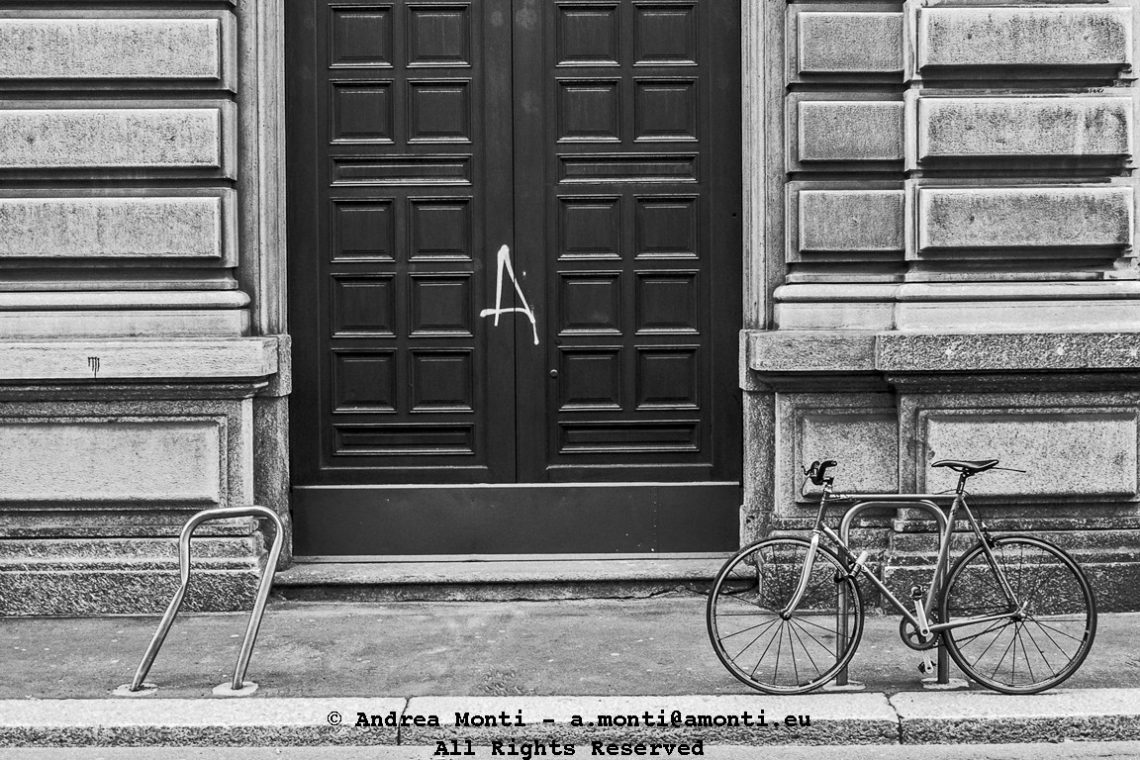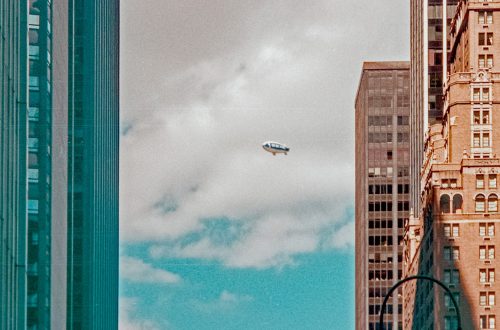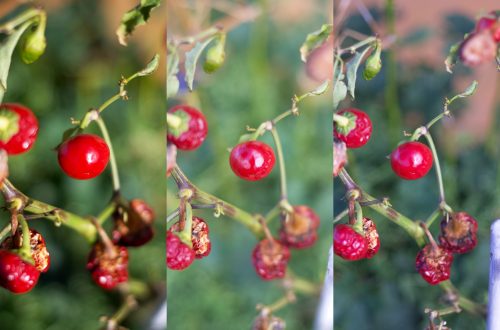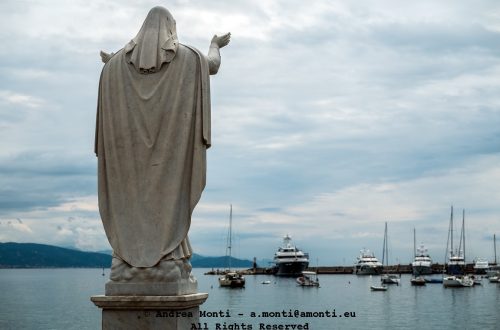
A
Some photographs are built on complexity — overlapping narratives, layered subjects, visual chaos distilled into coherence. This one is built on the opposite: a single, dominant letter and the deliberate restraint of elements.
The capital “A” scrawled across the double wooden doors becomes both subject and statement. Whether an anarchist mark, an initial, or just a passing act of vandalism, it punctuates the otherwise rigid, formal architecture. The geometry of the building — rectangular panels, horizontal mouldings, the granite base — forms a rigid grid, and into this grid the bicycle is quietly inserted, its own triangles and curves breaking the dominance of the rectangles without challenging their order.
Technically, the monochrome palette works in favour of the composition. Stripped of colour, the viewer’s attention falls on form, texture, and tonal gradation: the weathered stone, the matte flatness of the door paint, the slight sheen on the bike’s metal frame. Exposure is well-judged — the detail in both the darkest recesses of the door panels and the pale stone facade has been preserved, preventing either from blocking up or washing out.
Compositionally, there’s a pleasing tension between symmetry and imbalance. The frame could easily have centred the doors perfectly, but instead, the camera shifts slightly right, giving more room to the bicycle and leaving the left-hand bike rack conspicuously empty. This negative space acts as a silent echo of the occupied rack, and the missing wheel of the bike itself becomes another quiet imperfection.
It’s a photograph that thrives on understatement. The “A” is not shouted but quietly announced; the bicycle is not heroic but almost incidental. And yet, the sum of these modest parts holds the frame with quiet authority — a reminder that sometimes the smallest disruptions are the most enduring.




